The Canon 80D is a digital single-lens reflex (SLR) camera. Canon announced it in February 2016. It features a 24.2 MP APS-C CMOS sensor with no optical low pass filter. And it had Dual Pixel CMOS autofocus (AF) and 7 fps continuous shooting.
This camera was aimed at enthusiasts and semi-professional photographers who wanted to upgrade from the Canon EOS 70D. Or it was meant for those looking for an entry into the world of DSLRs.
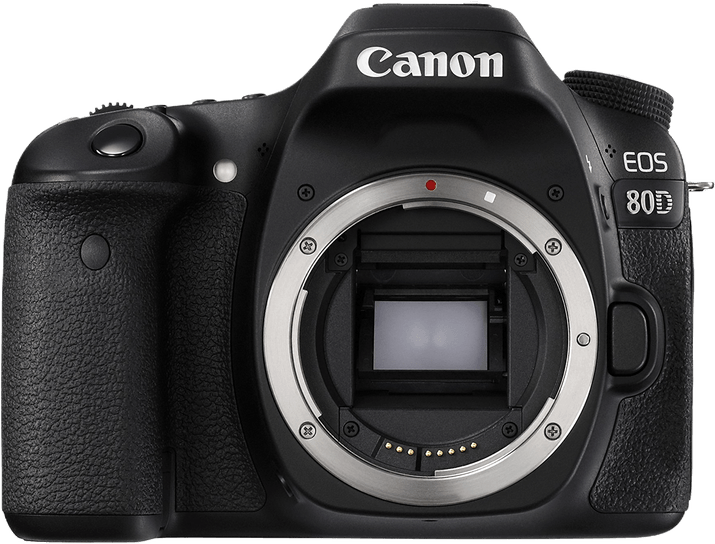
Canon 80D Overview and Specifications
Canon EOS 80D

| Released |
Released
2016
|
| Sensor Format |
Sensor Format
|
| Lens Mount |
Lens Mount
Canon EF-S
|
| Megapixels |
Megapixels
24.2 MP |
| Autofocus Points |
Autofocus Points
45 |
| Maximum ISO (Native) |
Maximum ISO (Native)
16,000 |
| Frame Rate |
Frame Rate
7 fps |
| In-body Stabilization |
In-body Stabilization
|
| Video |
Video
|
The Canon 80D is an enthusiast-level DSLR camera released as a successor to the popular 70D. The 80D improved on autofocus, dynamic range, and resolution. It also introduced a headphone jack.
Canon 80D Features
The Canon 80D features a 24 MP APS-C-sized sensor with a sixth-generation DIGIC processor. This camera sensor offers a significant upgrade in dynamic range to the one in the 70D.
It’s about half the Sony a7R III‘s sensor. But Canon’s processing of skin tones is class-leading. Sony only caught up with that in their cameras after Canon.
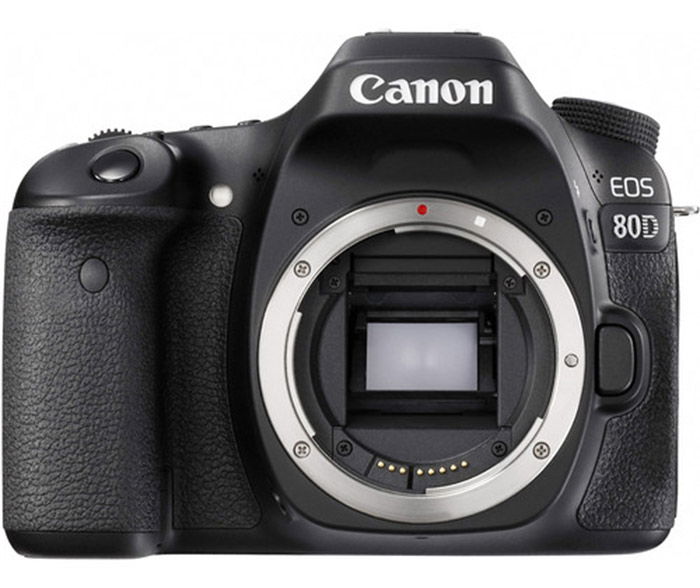
In the optical viewfinder, you will find 45 autofocus points, which are all cross-type. That means they can focus on both horizontal and vertical contrast lines.
In Live View, you get Canon’s excellent Dual Pixel AF system. It lets you use touch for focus and provides continuous tracking during video recording.
The Canon 80D has burst shooting of 7 fps (frames per second), at least for 25 RAW files. It then writes your photos onto a single SD memory card. And you can choose video options up to 1080p at 60 fps. And autofocus works when recording video.
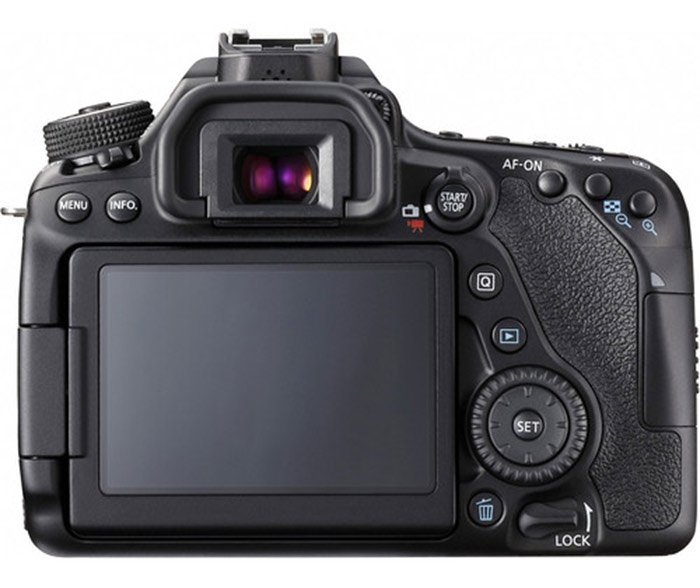
Canon 80D Body and Handling
The Canon 80D is a medium-sized camera compared to other DSLRs. It has a large grip that’s very ergonomic.
You can adjust your settings with two control dials. As in most Canon DSLRs, you can control ISO with a button and the upper dial. It has no joystick. But you can move AF points with the arrows.
There is also a flip-out three-inch touchscreen, which is bright and sensitive. It’s very convenient to use, supporting the same gestures as your smartphone.
Build quality is good. It is made out of plastic and reinforced with glass fiber. It’s not a heavy-duty camera. But it’s weather-sealed and can withstand demanding circumstances.
What Is the EOS 80D Good For?
It’s very suitable for general all-around photography. It is also a great companion for travel photographers and street photography.
Canon is fantastic at making user-friendly cameras. And this is the case with Canon 80D, too.
This camera is not the most technically advanced in its class. But it is excellent to use. It is intuitive, responds quickly, and internal processing gives you beautiful image quality.
Its tones look pleasant without much editing. In my opinion, only Fujifilm has better built-in profiles.
Alternatives
In many cases, though, I wouldn’t choose the Canon 80D over other cameras in its price range. Let’s look at the competition and compare what they offer against the 80D.
1. Canon EOS 70D
Canon 80D’s predecessor is also a suitable choice. The 70D shares many of the Canon 80D features. It has the same controls and touchscreen. The viewfinder is only slightly smaller. And video features are also comparable.
It has fewer autofocus points but equal coverage. In Live View, Dual Pixel AF is also very capable in the 70D.
There is a significant advantage in favor of the 70D. You can install Magic Lantern on it. Magic Lantern is a third-party, open-source firmware developed by camera enthusiasts. It extends the features of Canon cameras substantially.
In the 70D, it gives you a time-lapse intervalometer and focus peaking. It also has an automatic video recording restart. These are only a few of its advanced features. (Magic Lantern has not been ported to the Canon 80D.)
The EOS 70D is less expensive and much cheaper on the used market.
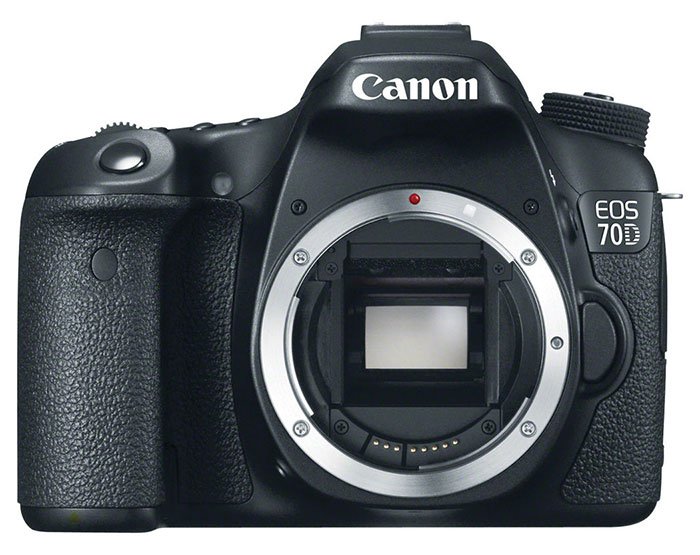
2. Canon EOS 90D
The 90D is Canon’s DSLR successor after the 80D. A joystick was put on the back of the camera. And this change makes moving the focus point more convenient.
Burst shooting and continuous autofocus improved. The Canon EOS 90D shoots up to 11 RAW images per second.
Battery life increased significantly, too. But the battery type remains the same. You can shoot up to 1300 photos with one battery, similar to the Canon 1DX Mark II.
This camera can record video in 4K image quality resolution, using the full width of the sensor. And you can get the EOS 90D at a price slightly higher than the Canon 80D.
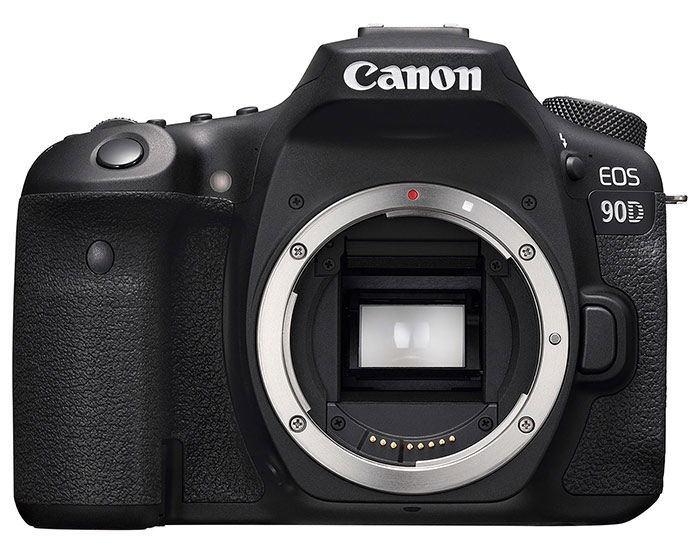
3. Canon EOS 7D Mark II
If you’re in the niche of people needing an APS-C camera with top-notch autofocus and burst, consider the 7D Mark II instead.
It’s an older model. It was once Canon’s flagship cropped-sensor DSLR camera. You get a narrower dynamic range and resolution. In exchange, it offers you the best autofocus in this price range for great image quality.
The build quality is also much sturdier. And the camera itself is bigger and heavier. Depending on your preferences, this might be a good or a bad thing.
The EOS 7D Mark II is the only APS-C DSLR camera from Canon with dual card slots. And you can purchase it for a slightly higher price than the 80D.
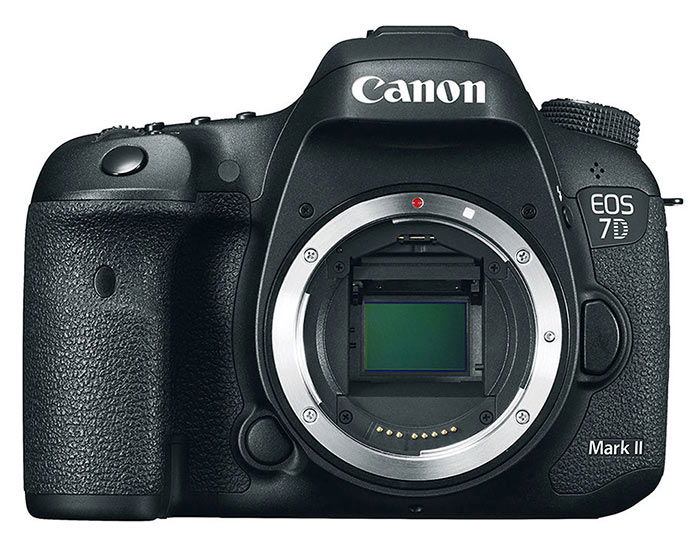
4. Canon EOS 6D
The 6D is another camera option. It’s at a similar price to the Canon 80D.
It is a full frame camera, which results in much better noise performance and sharpness. Dynamic range is also noticeably better. But it’s not great for a full frame camera.
If you need serious autofocus, forget the 6D. The center focus point is sensitive. And it only has nine points, which are centered in the frame. So tracking is not possible.
Unlike any of the previous cameras, it also lacks Dual Pixel AF. You have to stick with contrast detection in Live View and video.
And buying camera lenses for a full frame DSLR camera also stresses your wallet more. If you plan to use your mid-range Canon camera for landscapes and portraits, choose the EOS 6D.
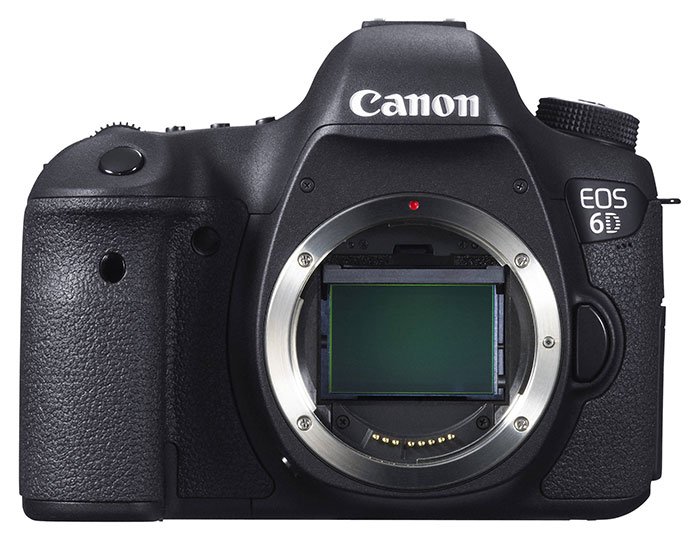
5. Nikon D7500
Finally, maybe you’re not yet committed to Canon. If so, it’s worth checking out the 80D’s direct competitor, the D7500.
This Nikon camera has a very similar AF system with 51 points, of which 15 are cross-type. But keep in mind that Nikon’s Live View AF is not nearly as capable as Dual Pixel.
And burst shooting maxes out at 8 fps. But It is better than the 80D in video resolution, shooting 4K at 30 fps.
ISO performance is also much better, giving usable image quality results up to ISO 12,800. You can expand that to ISO 1,640,000, but you only get lots of grain. It’s a useful marketing feature, though.
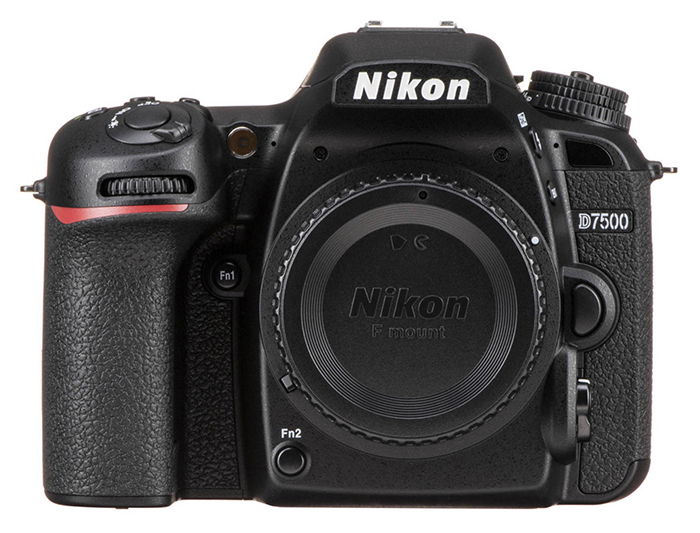
Conclusion: Canon 80D Review
The Canon EOS 80D is a capable and usable camera. It’s not the newest Canon model. But delivers good image quality. And using it is a pleasure.
There are numerous reasons why it might be great for you. Consider the pros and cons. And you will not go wrong with your decision.

